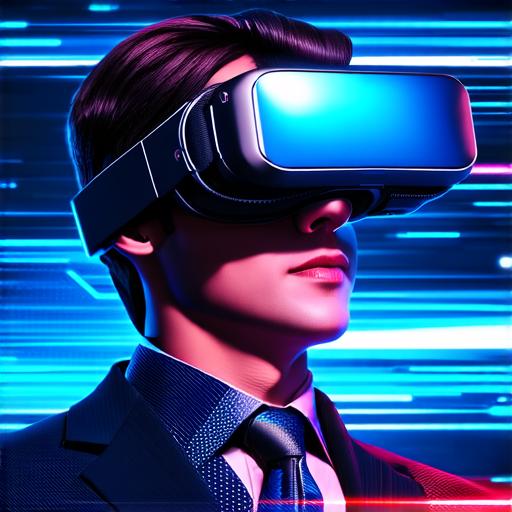Augmented reality (AR) is a technology that enhances or “augments” the user’s view of the physical world by adding digital elements to it. In marketing, AR has been used to create immersive and interactive experiences for customers.
Definition of Augmented Reality Marketing
Augmented reality marketing refers to the use of AR technology to enhance a brand’s marketing efforts. It involves adding digital elements to the user’s view of the physical world through the use of smartphones or other mobile devices. This can include virtual products, 3D models, animations, and other interactive features.
Benefits of Augmented Reality Marketing
-
Increased Engagement: AR marketing campaigns are highly engaging, as they allow customers to interact with a brand in a unique and memorable way. This increased engagement can lead to greater brand awareness and loyalty.
-
Improved Product Visualization: AR technology allows customers to see products in 3D and from different angles, which can help them make more informed purchasing decisions.
-
Enhanced Customer Experience: AR marketing campaigns can create a seamless and immersive experience for customers, making it easier for them to understand the benefits of a product or service.
-
Increased Personalization: AR technology allows brands to create personalized experiences for customers based on their preferences and behavior. This can help to build stronger relationships with customers.
-
Cost Effective: AR marketing campaigns are often more cost-effective than traditional marketing methods, as they allow brands to reach a wider audience and engage customers in a more interactive way.
How Augmented Reality Marketing Works
Augmented reality marketing works by using smartphones or other mobile devices equipped with cameras and sensors. When a customer scans the physical world through their device, AR software adds digital elements to the user’s view of that world. This can include virtual products, animations, and other interactive features.
Examples of Augmented Reality Marketing in Action
-
Coca-Cola’s “Share a Coke” campaign used AR technology to allow customers to personalize their own Coke bottles by scanning them with their smartphones. This campaign was highly successful, as it allowed customers to connect with the brand on a personal level and share their unique experiences on social media.
-
IKEA’s “Place” app uses AR technology to allow customers to see how furniture would look in their own homes before they make a purchase. This can help customers make more informed decisions about their purchases and reduce the likelihood of returns.
-
Lululemon’s “Mirror Mirror” campaign used AR technology to create an interactive fitness experience for customers. Customers could scan themselves with their smartphones and then see how they would look in different outfits, which can help them make more informed purchasing decisions.

Summary
Augmented reality marketing is a powerful tool for brands looking to engage customers in a unique and memorable way. By adding digital elements to the physical world, AR technology allows brands to create immersive and interactive experiences that can increase engagement, improve product visualization, enhance customer experience, increase personalization, and be cost-effective. With the growing popularity of smartphones and other mobile devices, AR marketing is expected to continue to grow in the coming years.
